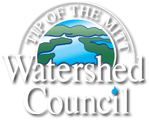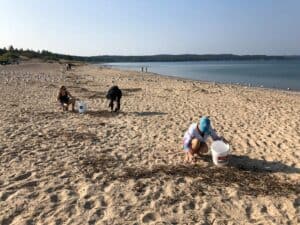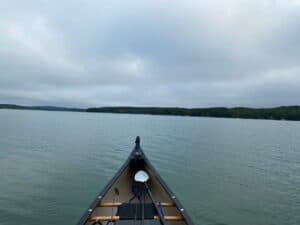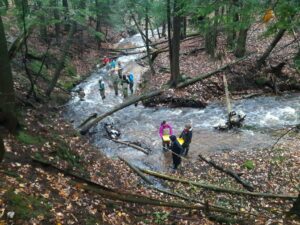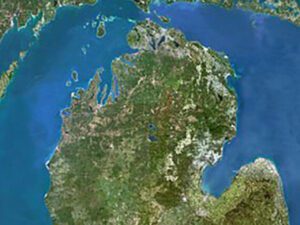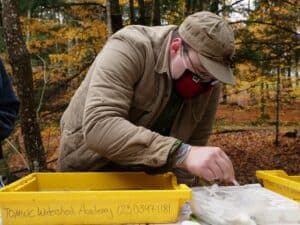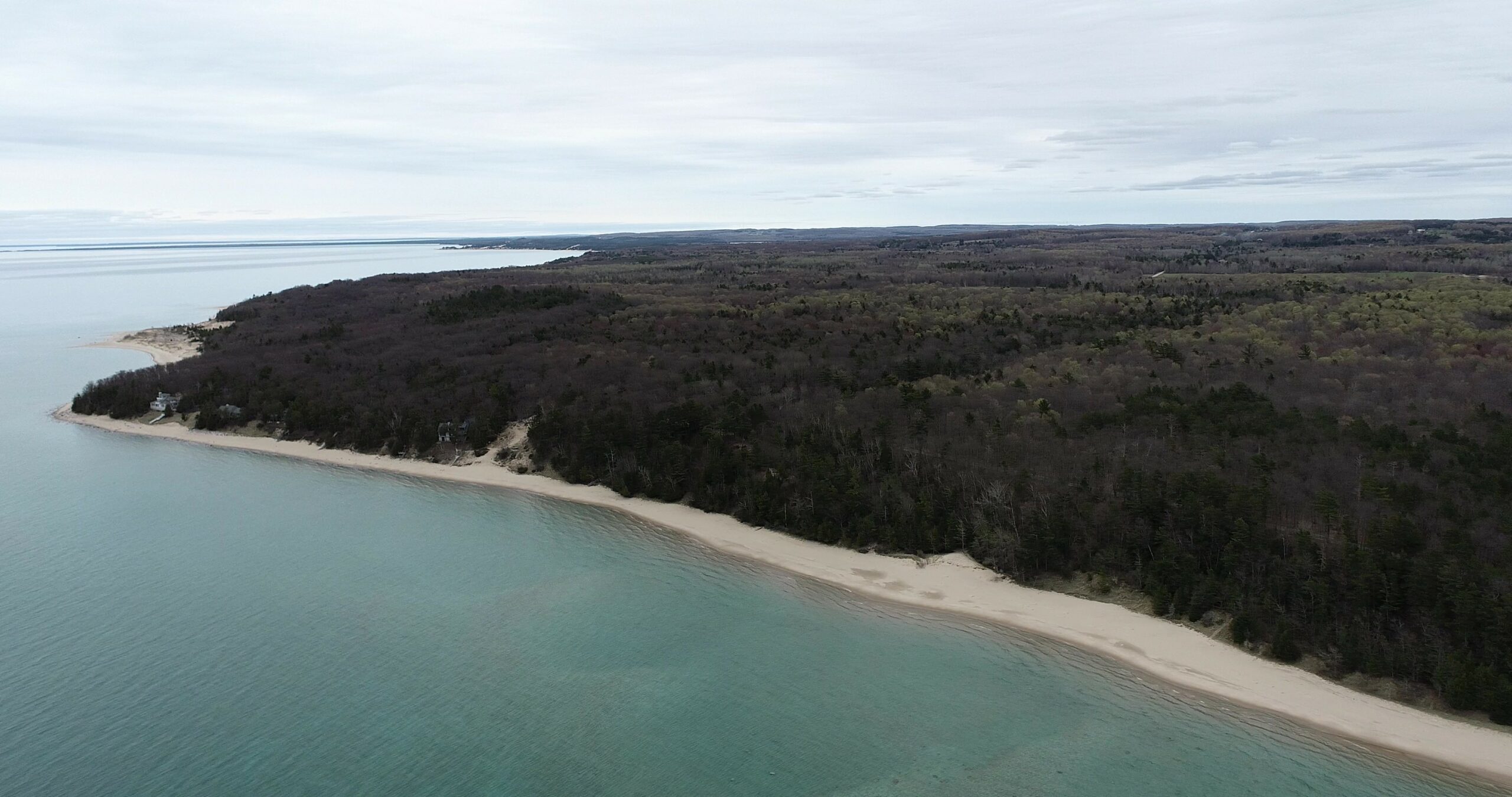
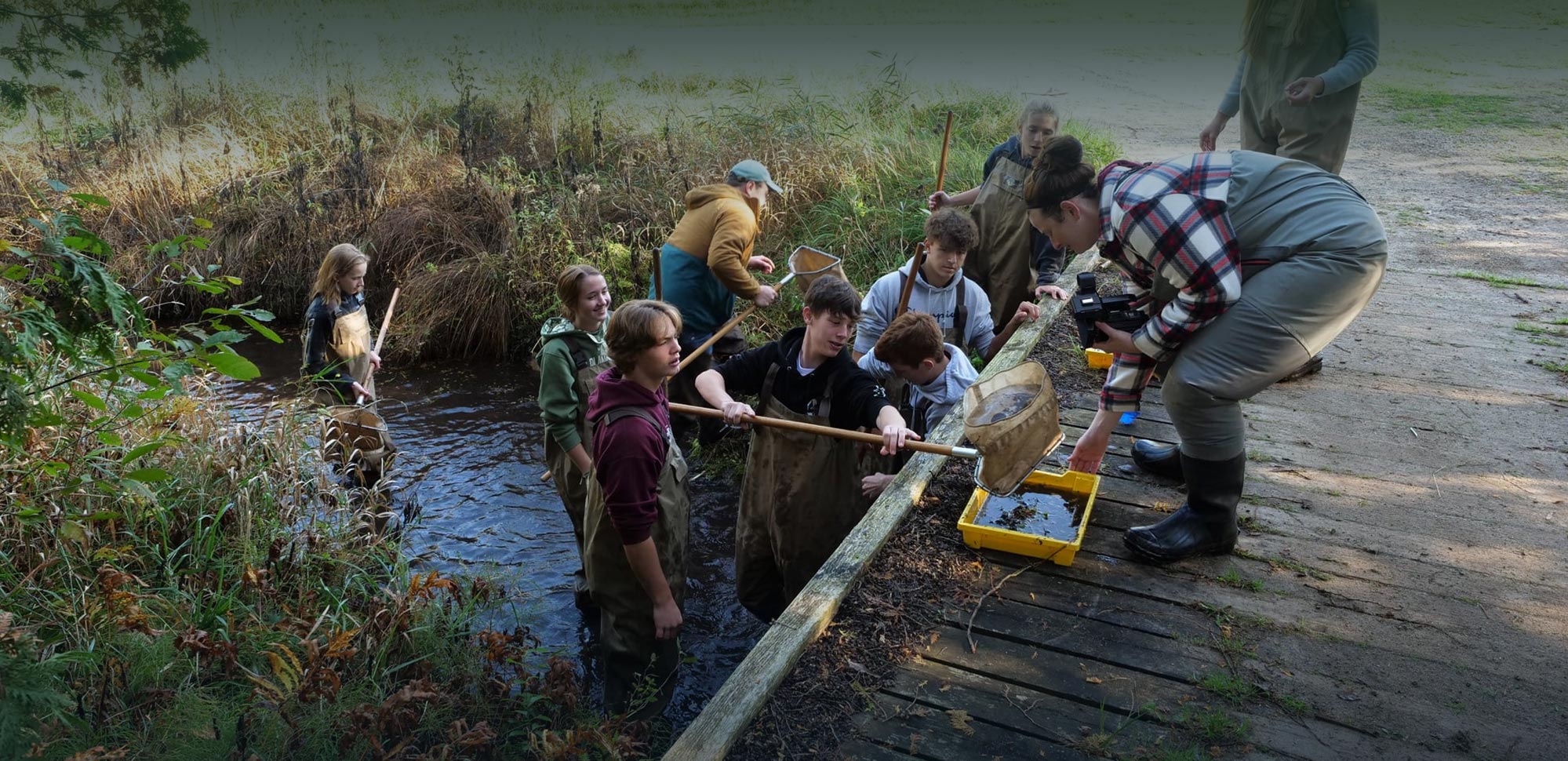
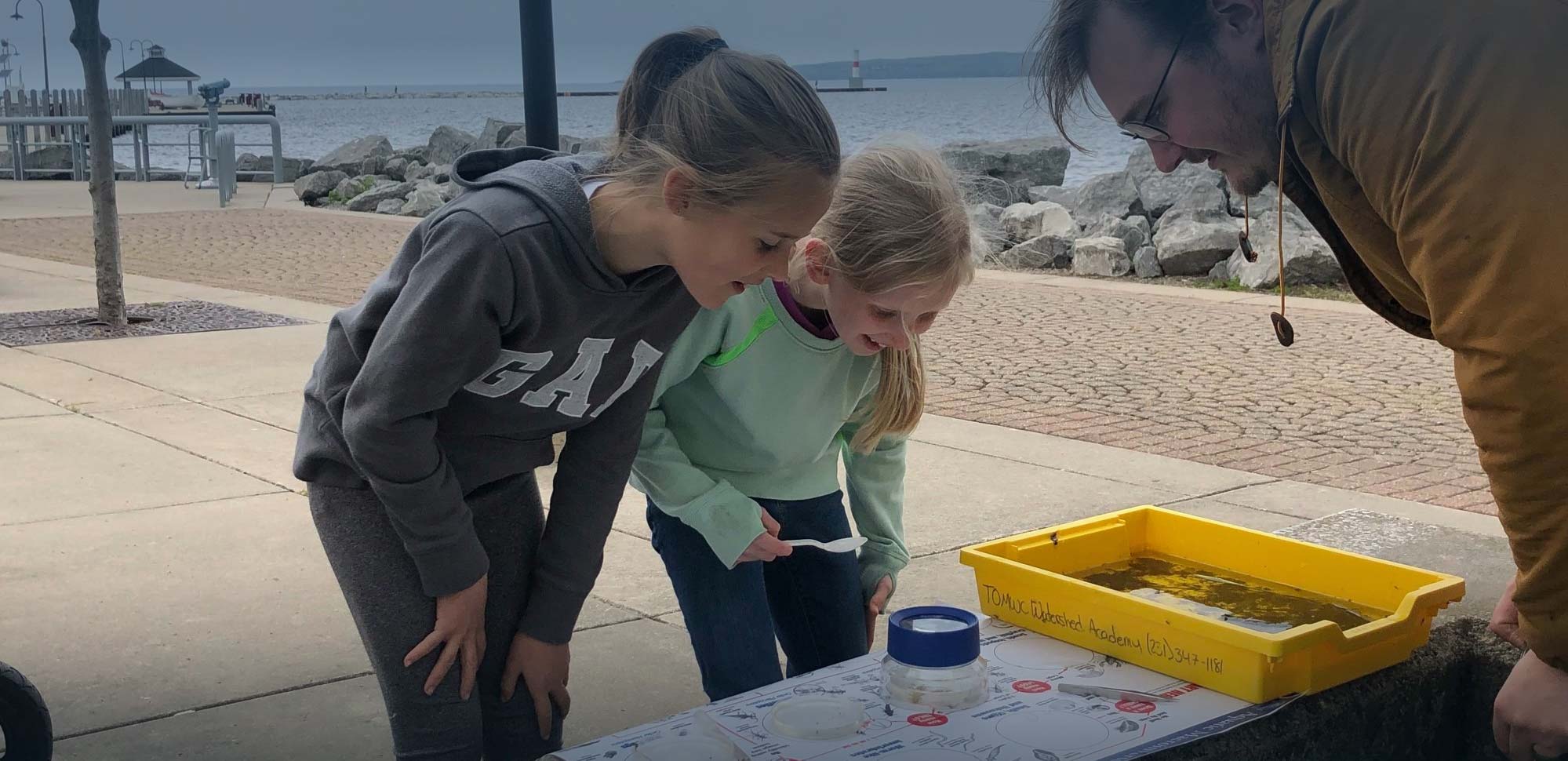
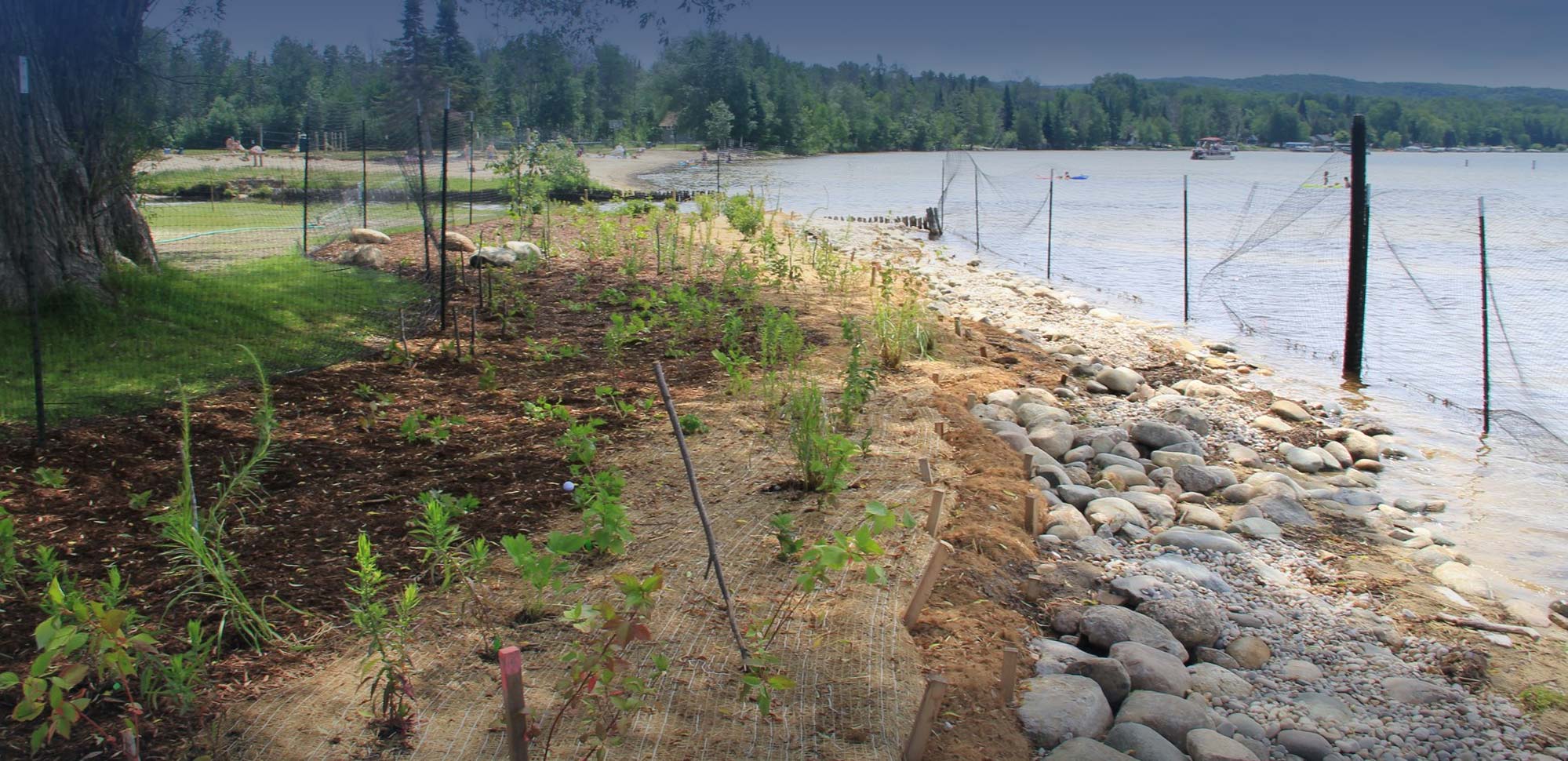
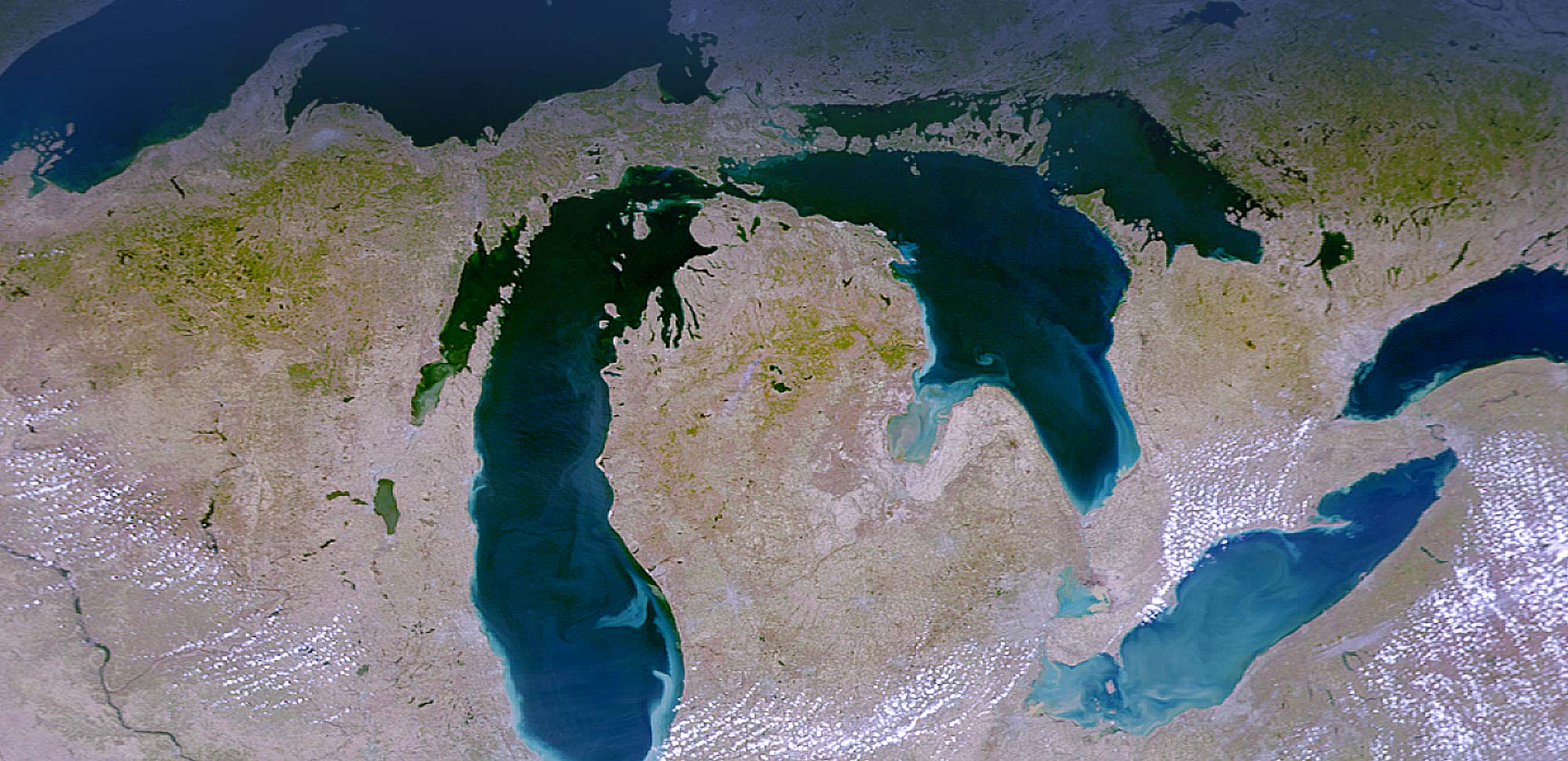
Tip of the Mitt Watershed Council
Protecting Northern Michigan's Water Resources Since 1979
Water Monitoring
For over 30 years, our volunteer monitoring programs have been gathering data at 97 sites on 56 different lakes and streams
Education & Outreach
Through our programs, students investigate, engage, and foster watershed conservation actions and stewardship ethics
Watershed Management Plans
Guiding the restoration and protection of water quality in lakes, rivers, streams, and wetlands in our service area
Casting a Wide Net
Since 1979, we have protected the water resources of Antrim, Charlevoix, Cheboygan, and Emmet Counties
Tip of the Mitt Watershed Council is dedicated to protecting our lakes, streams, wetlands, and groundwater through advocacy, education, water quality monitoring, research, and restoration actions.
Explore Our Waters
Featured News

Tip of the Mitt Watershed Council Receives Part of $112,495 from Charlevoix County Community Foundation Grant
The Charlevoix County Community Foundation hosted two grant cycles in March, a total of $112,495, and grants have

Tip of the Mitt Watershed Council Receives Part of $14,750 from Petoskey-Harbor Springs Area Community Foundation Grant
The Petoskey-Harbor Springs Area Community Foundation recently awarded grants to two projects intended to help protect Little Traverse
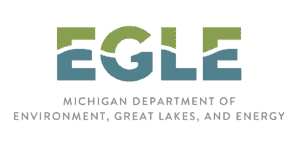
Tip of the Mitt Receives part of $100,000 from EGLE Grants to Conduct Stream Cleanups and Monitoring
Tip of the Mitt Watershed Council was chosen out of 27 grants awarded from The Michigan Department of

Robot To Be Used This Summer to Clean Plastic From Northern Michigan Beaches
Plastic pollution has been a longstanding threat to the Great Lakes. But this summer alongside the usual cleanups,
Featured Projects
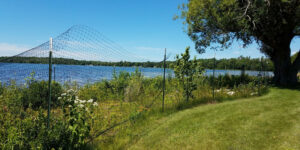
Burt Lake Watershed Greenbelt Cost Share Project
An opportunity for financial and technical support to property owners on Burt, Douglas, Crooked, and Pickerel Lakes for
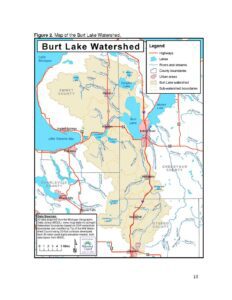
Burt Lake Shoreline Survey 2022
Project Summary The Burt Lake Watershed lies in the very center of Northern Michigan and sprawls over nearly

Pharmaceuticals in our Waters
The Prescription and Over-the-Counter Drug Drop-Off Program or POD Program is a multicounty-wide medication drug take-back initiative to
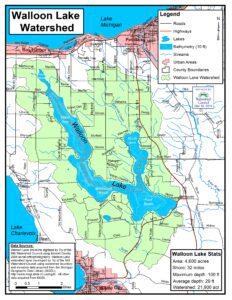
Walloon Lake Shoreline Survey 2020
Project Summary During the summer of 2020, Tip of the Mitt Watershed Council conducted a shoreline survey on
Featured "Watersheds at Work" Podcasts
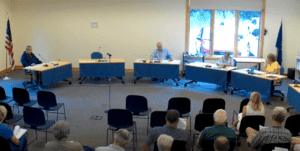
Septic System Ordinances and Policy
In this episode, we will talk about the policy side of septic systems with our policy director, Jennifer
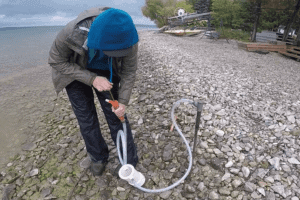
Lake Charlevoix Septic Survey: Septic Tank Talk Part 3
In this third and final episode in our septic tank series, Caroline and Kory discuss the Watershed Council’s
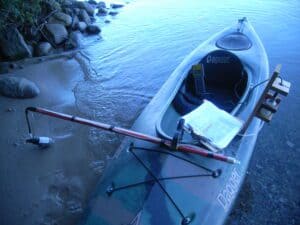
Septic Systems: Septic Tank Talk Part 2
Dive into the second episode of our septic series with Caroline and Kory. Caroline will provide in-depth details
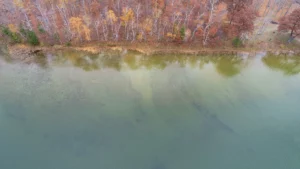
Nutrients: Septic Tank Talk Part 1
This first episode of our three-part septic series covers our recent septic survey on Lake Charlevoix, conducted by
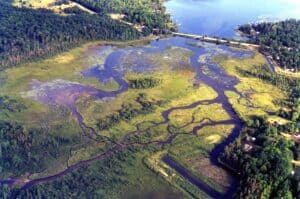
What are Watershed Management Plans?
In this episode, we talk with our watershed management coordinator, Lauren Dey, about watershed management plans and their
Upcoming Events
Linking Lakes
Mobile Boat Washing Event – Douglas Lake
Nature Fest Elk Rapids
Welcome to Our New Website
We hope you enjoy our new website. We are making every effort to re-catalog our extensive archives. If you can’t find what you are looking for in our menu, please use the search function, or the contact form, to request specific information. We appreciate your patience and participation.
